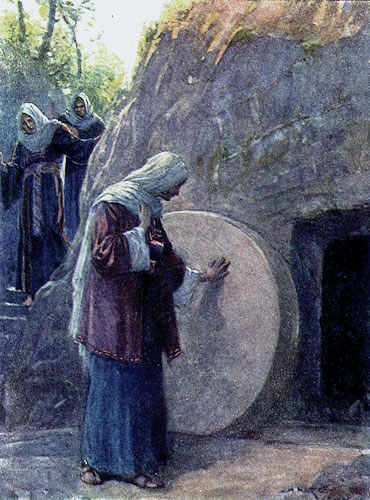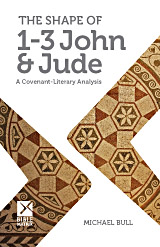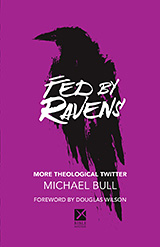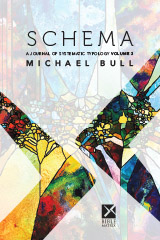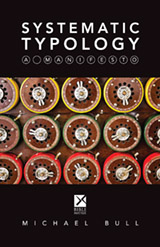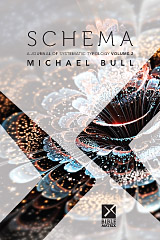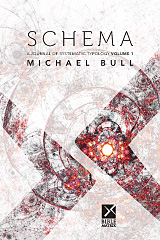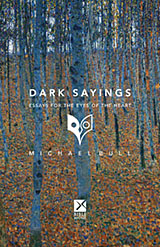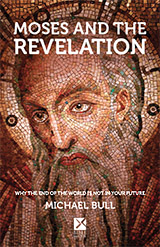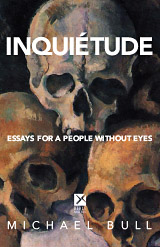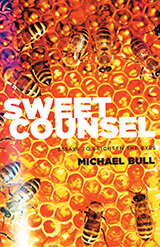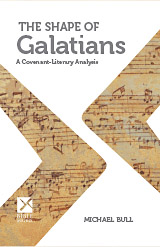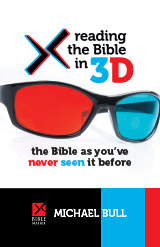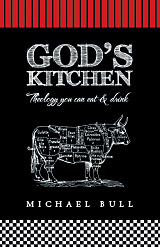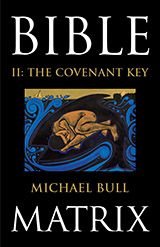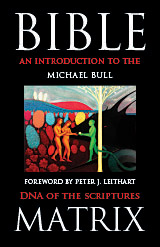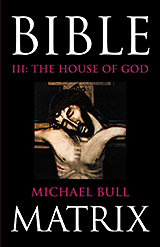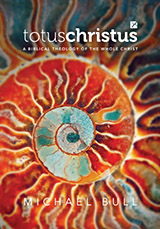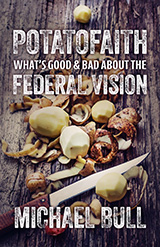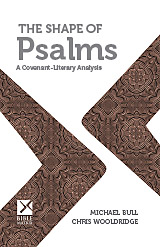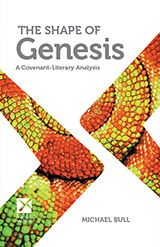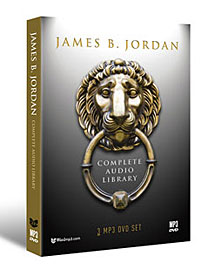May
30
2011
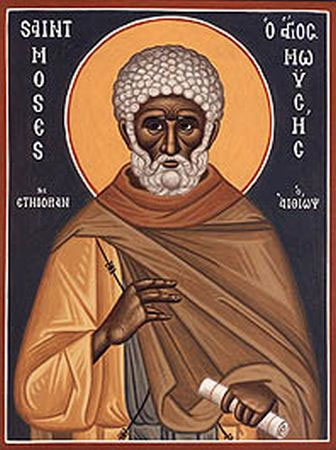
There is great advantage in tracking the shape of God’s work in history through the Old Testament. This is because God is consistent. Everything He does has the same shape, even though He does it in new and surprising (and sometimes devastating) ways.
One of the big handles in Scripture is the five-fold Covenant pattern, described by Ray Sutton in his book, “That You May Prosper: Dominion by Covenant.” Continue reading
Comments Off | tags: Against Hyperpreterism, Covenant Theology, Creation Week, Feasts, Moses, Ray Sutton, Revelation, Revelation 20 | posted in Against Hyperpreterism, Bible Matrix, Biblical Theology, The Last Days
Apr
19
2011
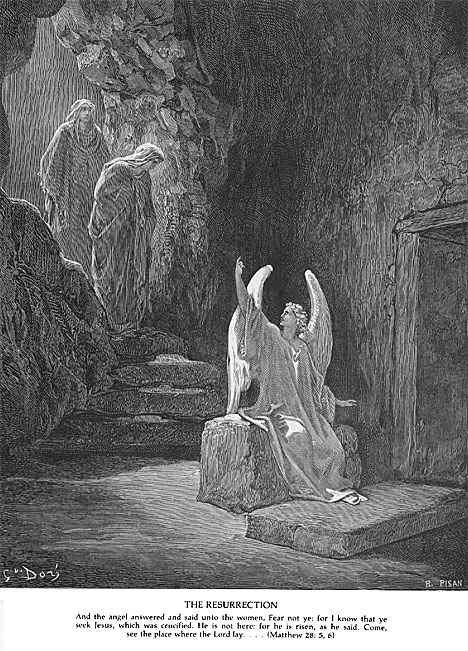
[Part 1 is here.] Here’s the next matrix cycle in Matthew 28:
Continue reading
Comments Off | tags: Atonement, Covenant Theology, Feasts, Literary Structure, Matthew, Tabernacle | posted in Bible Matrix, Biblical Theology
Apr
1
2011
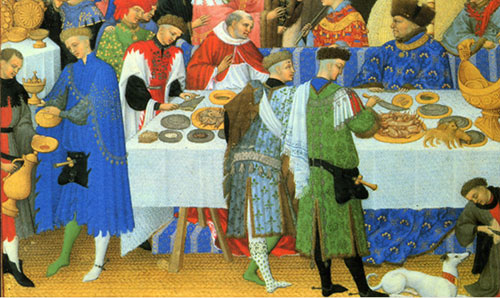
“…how we feast and celebrate is a reflection of our beliefs concerning the salvation of the world.”
Sermon Notes on Deuteronomy 14:22-29 – Part 1
Guest post by Michael Shover
Feasting, the Heart of Evangelism
It has been one of the most unfortunate developments in the history of the Church that we have gotten away from and have forgotten the Biblical mandate to feast before the Lord. We so often lead lives that are shallow in piety and so consuming in busyness that we become forgetful, nay even neglectful of the fact that our God commands such things as, “And you shall spend that money for whatever your heart desires: for oxen or sheep, for wine or strong drink, for whatever your heart desires; you shall eat there before the LORD your God, and you shall rejoice, you and your household.”
Continue reading
Comments Off | tags: Church History, Deuteronomy, Ecclesiology, Evangelism, Feasts, Tabernacles | posted in Biblical Theology, Christian Life
Mar
30
2011

Psalm 11 seems a simple one to break down. As usual, once the structure is parsed, the author’s allusions are allowed to shine. The odd progression of the subject matter of the song suddenly makes sense. Now, remember we are dealing with poetry. All those silly rules you learnt at Bible college don’t apply. But all those good rules you learnt in English class do apply. The context is the Covenant, and Covenant breakers, and all the allusions are drawn from the history of the Covenant so far. It all takes place inside the tent of God and the Land of God, because that is where judgment begins.
Genesis – Creation – Day 1 – Sabbath
In the LORD (Transcendence)
…..I put my trust; (Hierarchy)
……….How can you say to my soul, (Ethics)
…..“Flee as a bird (Sanctions)
to your mountain”? (Continuity)
Continue reading
2 comments | tags: Chiasm, Covenant curse, Covenant Theology, Creation Week, David, Feasts, Literary Structure, Psalms | posted in Bible Matrix, Biblical Theology
Mar
28
2011
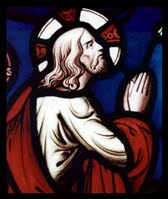 .
.
Kellen Carroll, a friend of commenter Greg Fields, has had a look at John 17 with the Bible Matrix.
“My pastor has been going through the book of John for the past six years or so. We just recently finished chapter 17, at the same time I came to the section in Totus Christus where you mentioned the Covenantal Treaty.
Continue reading
3 comments | tags: Covenant Theology, Feasts, John, Literary Structure | posted in Bible Matrix, Totus Christus
Nov
29
2010
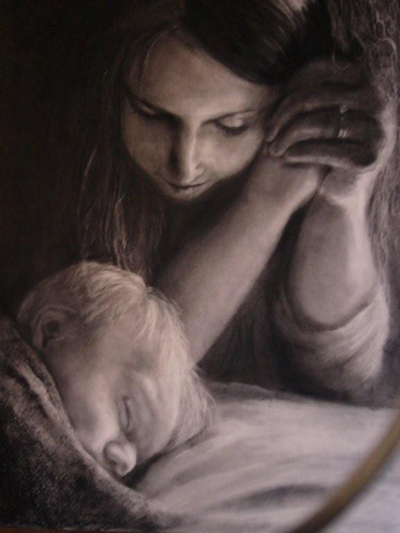
The Mosaic Tabernacle was silent. It was a place of mysterious words, dark sayings, carried out in secret. Eventually, it was violated, torn apart. It was the body of death, with sacrifices of blood carried out by Israelite priests. Like circumcision, it was a place of silent witness (the tablets) and the cutting off of the old leaven. (The fact that Hannah was not drunk makes this her holy war – the OC ministers of death could not drink wine in God’s presence.)
The tent was resurrected as the Tabernacle of David, an open place of dancing and loud music, with a new body of worshippers, both Jews and Gentiles. It was a new body of life, the flesh and the blood reunited in an impossible hybrid, with sacrifices of praise. [1] Like baptism, it was a place of reunion and bold testimony.
Hannah’s prayer was silent. She mouthed the words with a despair that felt like death. But after the miraculous delivery of the desired son, (offered to the Tabernacle as a symbolic ascension) she prayed aloud. Continue reading
Comments Off | tags: Baptism, Feasts, Numbers 5, Samuel | posted in Bible Matrix, Biblical Theology
Nov
9
2010

The Wrong Kind of Blood, the Wrong Kind of Spirit
These six things the LORD hates, Yes, seven are an abomination to Him:
…..A proud look,
……….A lying tongue,
……………Hands that shed innocent blood,
………………..A heart that devises wicked plans,
……………Feet that are swift in running to evil,
……….A false witness who speaks lies,
…..And one who sows discord among brethren. (Proverbs 6: 6-19)
Although Revelation describes two women, there was really only one. Solomon dealt with two prostitutes who lived in the same house. What Revelation does is cut the prostitute in two. At Atonement, Rahab was separated from Jericho; Mary Magdalene was delivered of her seven demons. Peter Leithart writes:
“Mary Magdalene functions in the same way in John’s gospel. She had seven demons (like Israel in Jesus’ parable!), but by the end of the book has become a new Eve, recognising Jesus as the New Adam in the garden of the resurrection. Since she is new Eve, it is entirely appropriate that Jesus call her ‘Woman’.” [1]
Continue reading
1 comment | tags: Covenant Theology, Feasts, James Jordan, Numbers 5, Peter Leithart, Revelation, Solomon, Systematic typology, Warren Gage | posted in Bible Matrix, Biblical Theology, Quotes, The Last Days
Oct
9
2010
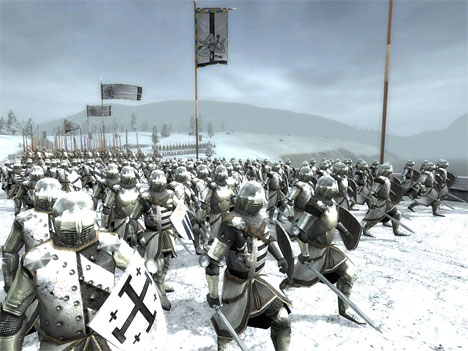
“Make two silver trumpets for yourself; you shall make them of hammered work; you shall use them for calling the congregation and for directing the movement of the camps.” Numbers 10:2
The Bible Matrix aligns a lot of apparently unrelated incidents. When certain things appear repeatedly at the same point in the structure, we can confidently conclude, despite the earnest protestations of our learned friends, that these relationships are trustworthy indicators of the symbolic meanings God has given to the corresponding things. Liberal scholars believe that the idea of resurrection was “developed” by Hebrew theologians over the centuries. This is because they fail to see the contant symbols of the coming resurrection beating throughout the Old Testament in types and dark sayings. The drums reach a crescendo in the later New Testament epistles until the trumpets finally blast a terrifying staccato in the Revelation. This is the first resurrection. Continue reading
Comments Off | tags: AD70, Feasts, Josephus, Postmillennialism, Resurrection, Revelation, Silver, Systematic typology, Trumpets | posted in Bible Matrix, Biblical Theology, The Last Days



